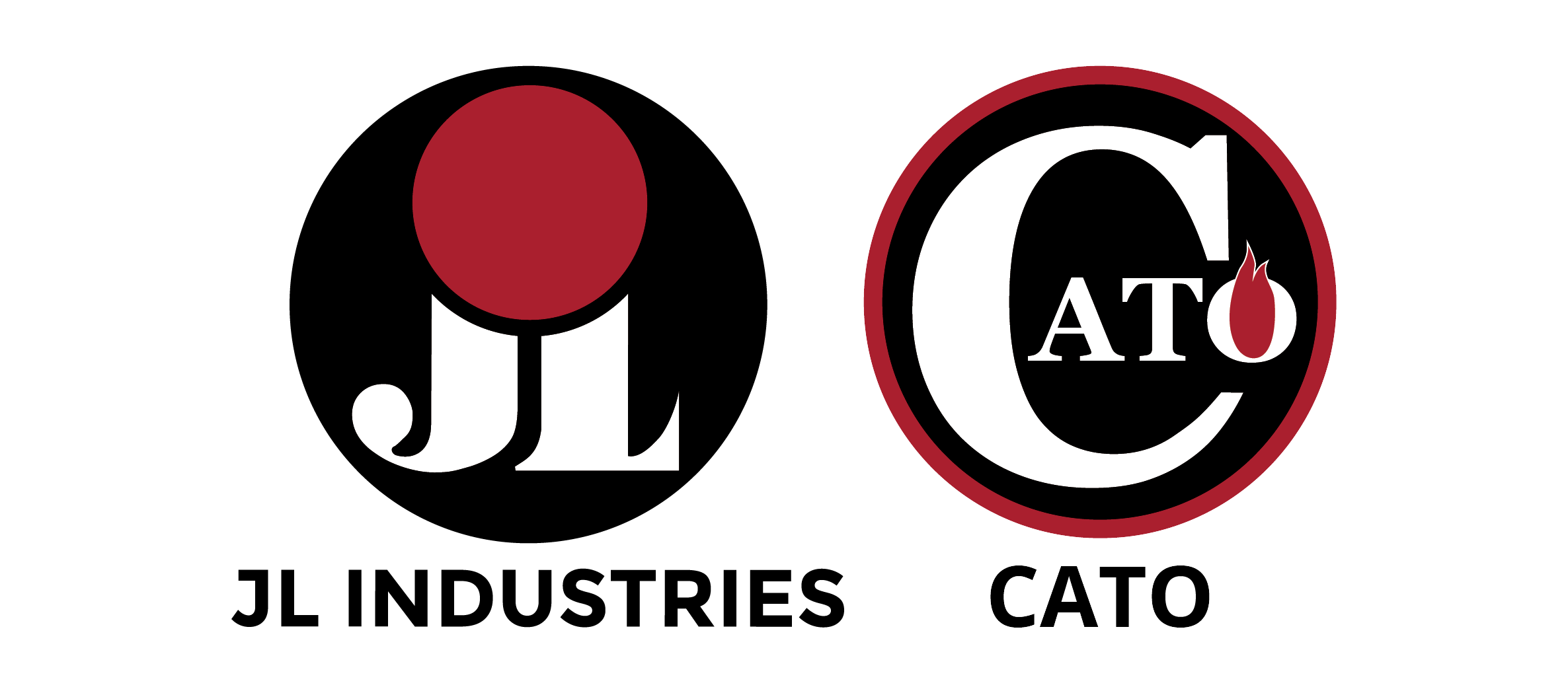
Layered Fire Protection Plan
Seven Simple Steps to Designing a Life Safety Plan
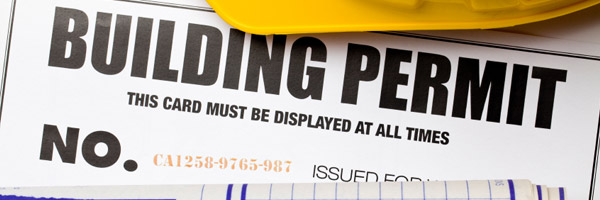
Step 1: Know the Codes
Codes and standards are bare minimum requirements for buildings. Good life safety planning relies upon creating a program where building owners are doing more than what is asked of them, especially when people’s lives are at stake. Fire protection equipment is legislated by city, state and federal laws, many of them directly adopted or adapted from model code-making organizations, such as the International Code Council (ICC) and the National Fire Protection Association (NFPA). Building owners and facilities managers must comply with the fire codes of their area and they may want to evaluate their fire protection plan and exceed the requirements of local codes for added protection.
Step 2: Assess Your Building
Know and understand the functions of your building. When designing an effective Life Safety Plan for your building or facility, you need to consider what type of building it is, what it is used for, and how it was built. Here are some questions to ask:
- Does it include an operating room or other care unit that has an oxygen enriched environment?
- Does the building contain flammable or combustible materials?
- Does the building contain telecommunications, data centers or other storage rooms?
- Does it have commercial cooking appliances in a kitchen or eating area?
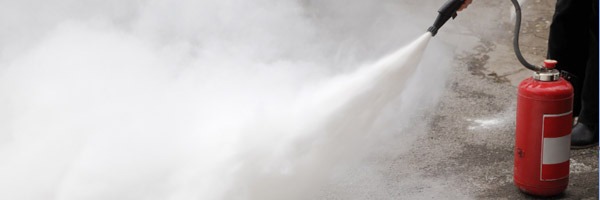
Step 3: Portable Fire Extinguishers
The first step is to check NFPA 10, which is the Standard for Portable Fire Extinguishers. NFPA 10 mandates the type, size, placement, and number of extinguishers required for your building. Keep in mind, once again, that the code requires the minimum number of extinguishers. Take a good assessment of your building and the hazards involved and consider exceeding these requirements to create a good, solid Life Safety Plan.
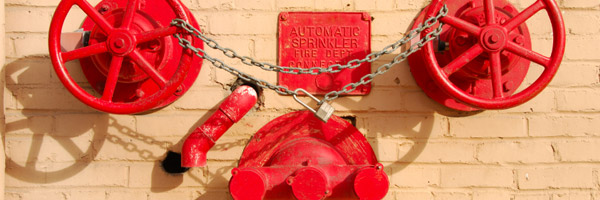
Step 4: Standpipe Fire Hose Stations
A Life Safety Plan should include on-site, defend-in-place fire protection equipment designed to protect individuals against initial developing fires. In addition to portable fire extinguishers, standpipe fire hose stations are designed exactly for that purpose and could be a key component in your Life Safety Plan. This equipment is needed in buildings, such as offices, dormitories, schools, airports, hotels, hospitals and anywhere fire department response time may exceed five minutes.
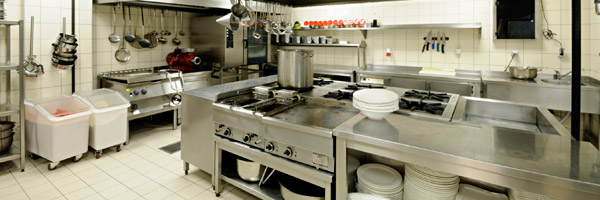
Step 5: Fire Suppression Systems
A pre-engineered fire suppression system is mandated by NFPA standards in special hazard situations, which can involve restaurants and industrial areas. Fire suppression systems provide fast, on-site protection at the earliest stage of a fire. Designed to NFPA and UL standards, fire suppression systems are pre-tested to effectively extinguish specific types of fires in special hazard situations. Check NFPA Standards for a complete listing of places where pre-engineered systems are mandated.

Step 6: Evacuation Plan
Exit signage and emergency communications are important components of escape planning. Every building should have well-lit and visibly placed exit signs and building occupants should practice escape planning regularly - from knowing where the primary and secondary exits are located to learning how to crawl on the floor to avoid toxic smoke. According to the NFPA, some things to remember include: practicing the evacuation and using the stairs, staying low to the ground to avoid smoke, staying by a window to protect yourself from smoke, and signaling to firefighters with a light or colored cloth so they know where you are located.

Step 7: Training and Education
Key personnel must be properly trained according to their specified responsibilities and all training documentation must be kept on file within the human resources department of each business. Some ways to educate and train for building occupants and employees include hosting in-house safety seminars by manufacturers, bringing in the local fire department for hands-on fire extinguisher training or evacuation plan safety tips, and visiting this website and others like www.fireextinguisherssavelives.org and www.fireextinguishertraining.com.
| A Life Safety Guide: 7 Simple Steps to Saving Lives and Protecting Property (PDF) Seven simple steps to safeguarding your property — and saving lives. |
|
| Layered Fire Protection to Promote Life Safety – Brochure (PDF) Essential precautions, equipment and installation and testing requirements to protect your building and its occupants. |
|
| What’s Your Building’s Layered Fire Protection Plan? – Infographic (PDF) A visual of the different elements of a layered fire protection plan for buildings. |






